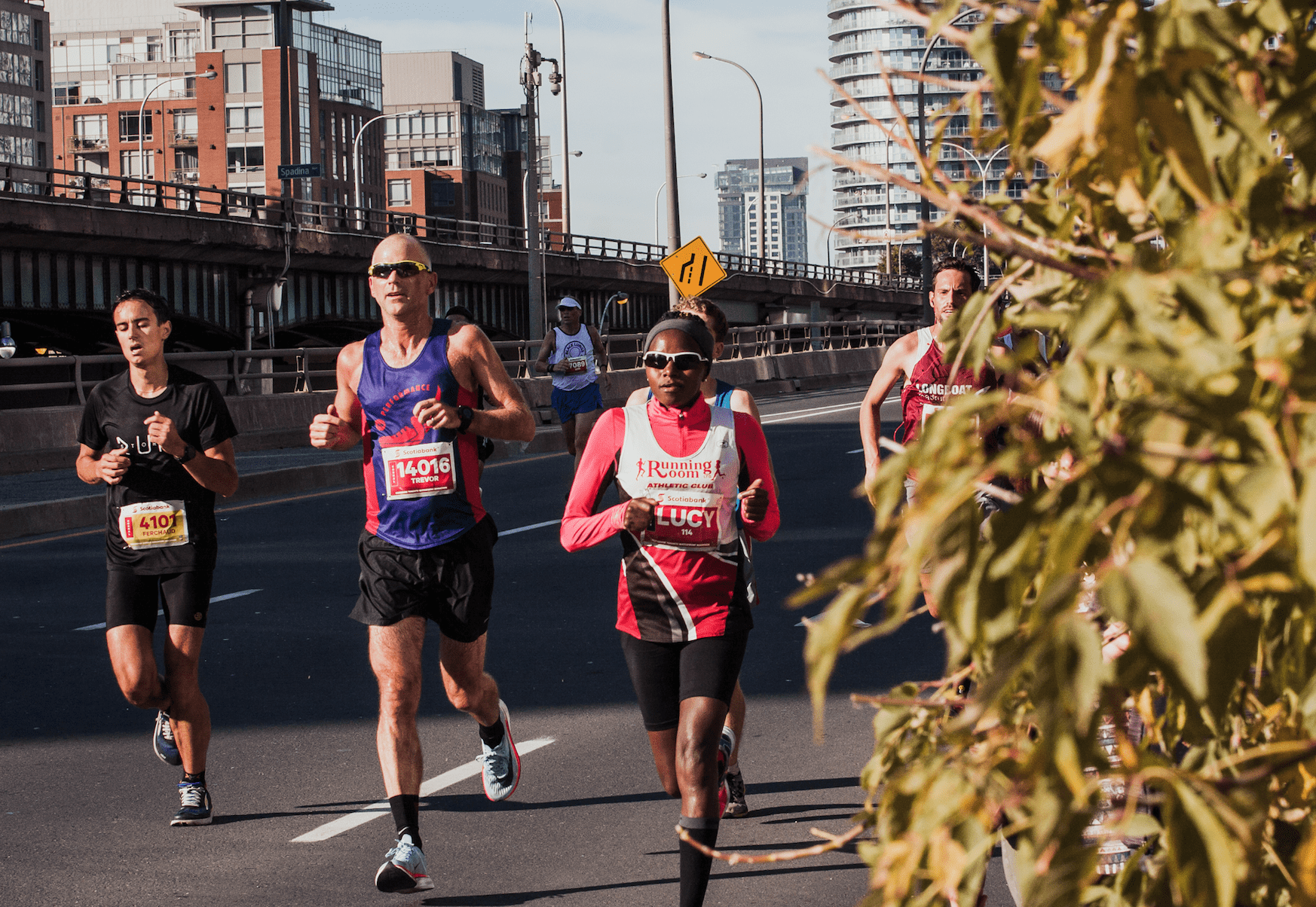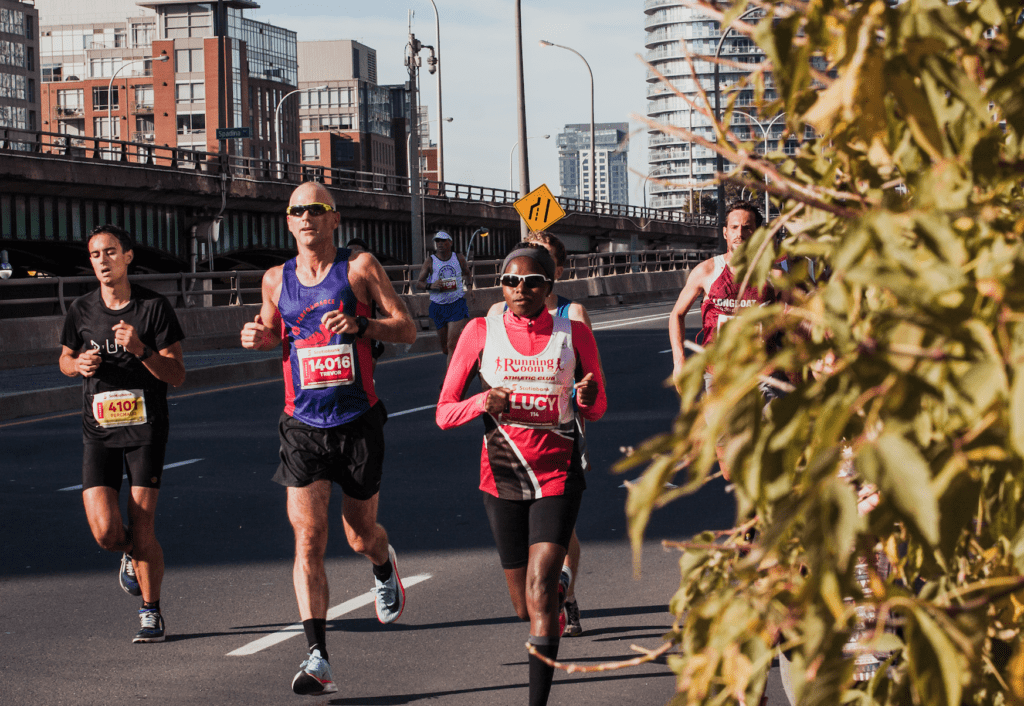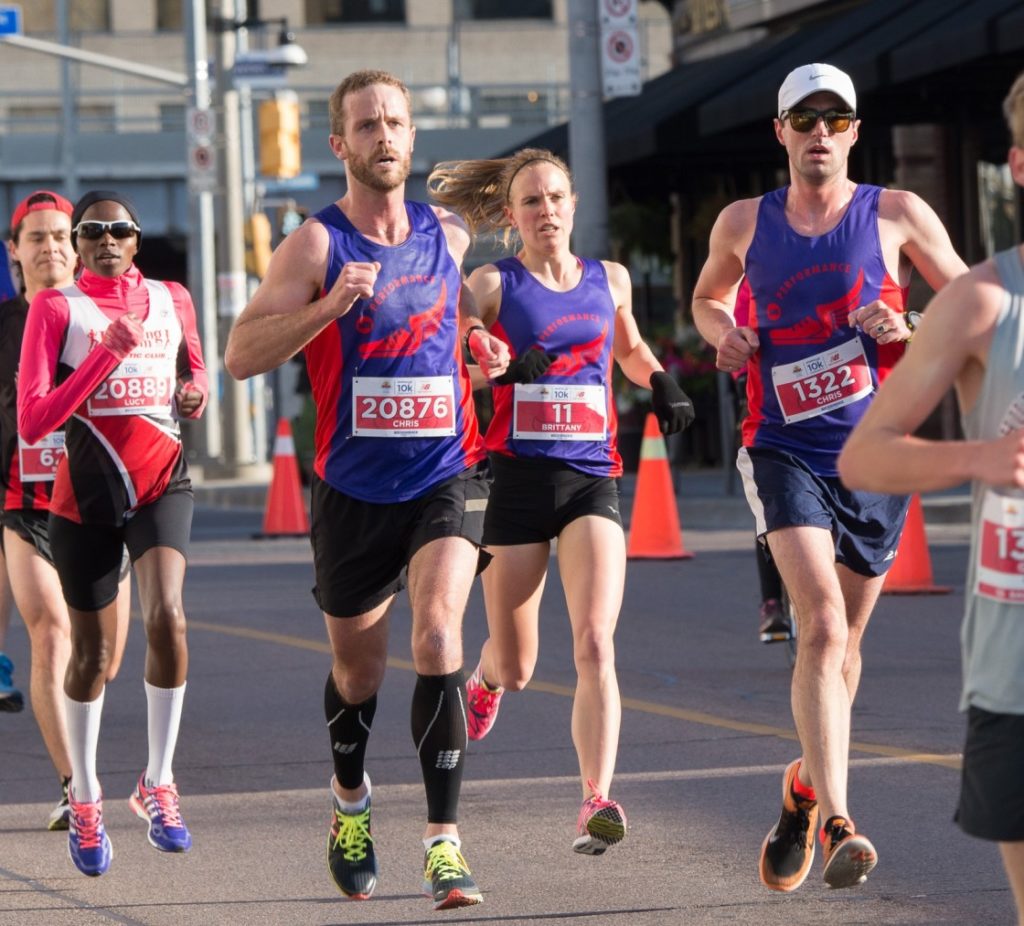Two key run workouts for a 10K

As we near the beginning of the triathlon season in Canada, the road race season is still running strong (pun intended). Shorter 5K road races are a great way to test your fitness and get you in the racing mindset. But if you’re looking to capitalize on some early season form, a 10K event is for you.
Related: 5 workouts to help you run a faster 5K
Arguably one of the harder distances to train for, a 10K requires the speed of the 5K and the endurance of a half-marathon. Nailing your race takes discipline, pacing, speed, strength and endurance. Here are the key workouts you should be doing in the final two weeks of training:
- 2 weeks out (10-14 days): 5 x 1 mile at 10K pace with 400m light jogging in between.
- 1 week out (4-7 days): 2 x 1 mile at 10K pace and 4 x 800m at 5K pace with 90 seconds of light jogging in between intervals.
These workouts can be done on the track, road or crushed gravel rail trails. Though these workouts are great to do in the final few weeks of training as you taper for the big day, they’re only going to complement what you’ve done beforehand. For example:
Medium-long runs
You know that the long run–the longest run you do once a week that accounts for 20-30 per cent of your total mileage–is essential for success and develops the endurance needed to go the distance on race day. But all the other runs you do each week count for something too, whether they’re a workout, an easy run or a rest day.
To help boost your endurance beyond what you get from the long run, add a medium-long run once a week. The run should last 60 minutes or more, and up to a max of 90 minutes.
Related: Four runs that will help improve your half marathon time
Run doubles
Running more (total mileage) is one of the simplest means of boosting your running fitness. Running twice in one day–called ‘doubles’–is one way to do this. Usually done by running first thing in the morning, followed by a full day of work (and time to recover) before lacing up again for a second run 8-12 hours later.
At race pace (and faster)
Dedicating time to practice running at race pace makes intuitive sense given the whole goal of training is to maintain that pace for the entirety of the race. And not only does this afford physical benefits such as running at the right cadence, maintaining proper form and efficiently utilizing fuel, but it also provides valuable psychological benefits, most notably it helps create the confidence that you’ll be able to run at race pace for the whole race.



